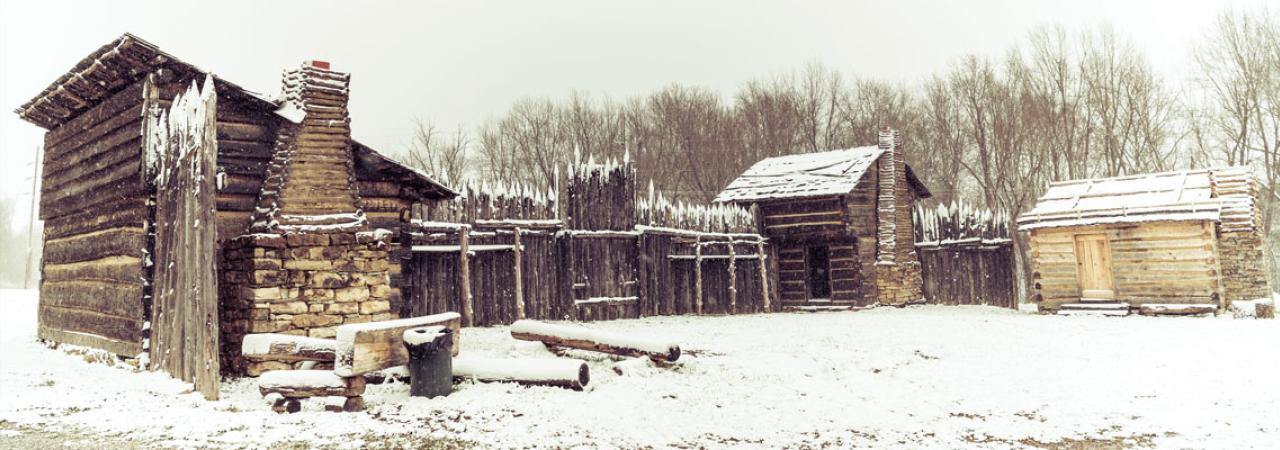
For many decades, the typical narrative of the American Revolution given in schools focused on the key battles fought in the Northeast and mid-Atlantic. Gradually, the critical Southern Campaigns are receiving their due recognition, but the war on the fledgeling nation’s western frontier remains thoroughly overshadowed.
The nature of the war west of the Appalachian Mountains is tied as directly to the French and Indian War as it is to the minutemen’s stand at Lexington and Concord. In the aftermath of the former conflict, the British government had issued the Proclamation of 1763, halting colonists’ westward expansion beyond the mountains in an effort to avoid conflict with the Native American tribes beyond.

Colonists chafed at the restriction, leading to the Treaty of Fort Stanwix and Treaty of Hard Labour in 1768, which allowed for settlement south of the Ohio River. The first permanent white settlement in modern Kentucky was established at Fort Harrod (now Harrodsburg) in 1774. Unfortunately, as these treaties had been made with the Iroquois, and not with the tribes that lived and hunted in that area, principally the Shawnee, this new presence led to a conflict known as Lord Dunmore’s War — named for the last royal governor of Virginia, which claimed Kentucky as a county.
When the Revolutionary War began, many of the tribes in the Ohio Valley took it as an opportunity to renew their aggression against colonists. Other tribes hoped to remain neutral, a difficult position when sandwiched between the Americans to the east and British settlements on the Great Lakes. Amid raids launched by the British from Detroit and others from hostile tribes, many settlers chose to return east; those few hundred who stayed moved to the fortifications at Boonsborough, Harrodsburg and Logan’s Station.
The second offensive into the Illinois Country, however, was much more successful. The young militia officer George Rogers Clark mounted a daring wintertime march that captured the British fort at Vincennes, securing the broader territory for the Americans. In doing so, he captured British Colonel Henry Hamilton, known as the “scalp buyer” for the belief that he encouraged such violence against civilian settlers. Being transported back to Williamsburg to be tried for war crimes, Hamilton described the Kentucky landscape he was forced to traverse: “The difficulty of marching through such country as this is not readily imagined by a European. The Canes grow very close together. … As they are very strong and supple the rider must be constantly on watch to guard his face from them as they fly back with great force…. The soil where they grow is rich and deep so you plod thro in a narrow track like a cow path, while the musketoes are not idle.”

The American Battlefield Protection Program identified seven significant battles fought in what became the state of Kentucky during the Revolutionary War, all of them involving Native American tribes. The most famous of these was the 1778 Siege of Boonsborough, the surrounding events of which were key incidents in the life of legendary frontiersman Daniel Boone. At the direction of leaders from the Detroit militia, the Shawnee unsuccessfully attempted nontraditional methods of fighting, including tunneling under the fort’s walls to ignite gunpowder and trigger an explosion.
Illustrative of how the war in the West encapsulated issues of political revolution and long-simmering conflicts over settlement policy, the bloodiest battle of the Revolution in Kentucky took place almost a year after the British surrender at Yorktown, even as the Treaty of Paris was being negotiated. At Blue Licks, in Robertson County, a small contingent of loyalists, along with 300 Native allies, ambushed and routed a force of about 180 Kentucky militiamen.
Related Battles
83
17

